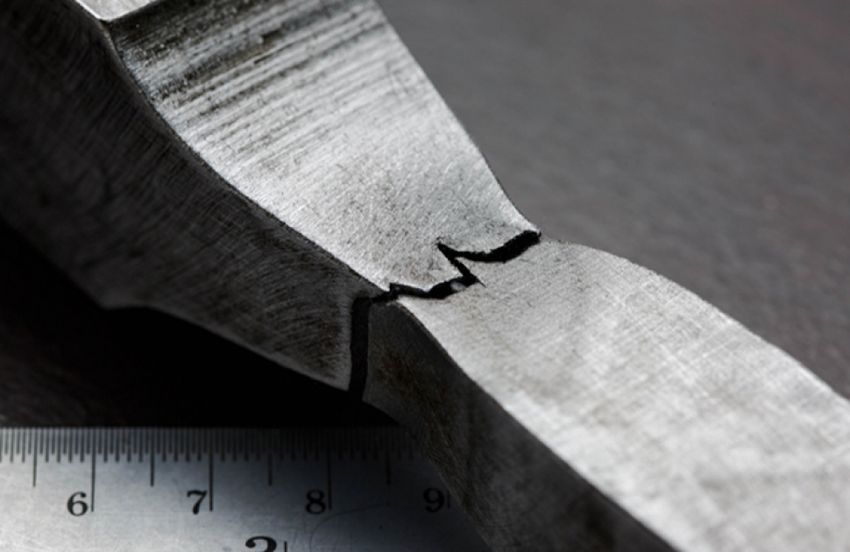Introduction
Material fatigue is a critical phenomenon in mechanical engineering that leads to the gradual weakening of materials under repeated loading and unloading cycles. Left unaddressed, fatigue can result in catastrophic failures, impacting structures, machines, and safety-critical components. In this article, we’ll explain what fatigue is, the mechanisms behind it, and the engineering strategies used to mitigate its effects.
What is Material Fatigue?
Fatigue refers to the progressive and localized structural damage that occurs when a material is subjected to cyclic loading. Unlike a single, sudden overload, fatigue happens over time, often without visible warning signs, leading to cracks and, eventually, failure.
Key Characteristics of Fatigue
- Cyclic Loading: Fatigue occurs under repeated stress or strain cycles, such as in rotating machinery or bridges subjected to traffic loads.
- Stress Levels Below Yield Strength: Fatigue damage can accumulate even when the applied stress is below the material’s yield strength.
- Crack Initiation and Growth: Fatigue begins with microscopic cracks that grow with each cycle until the material fails.
Stages of Fatigue
- Crack Initiation: Microscopic cracks form at stress concentration points, such as surface defects, welds, or sharp edges.
- Crack Propagation: These cracks slowly grow with each loading cycle, spreading deeper into the material.
- Final Fracture: Once the crack reaches a critical size, the remaining material can no longer support the load, leading to sudden failure.
Factors Affecting Fatigue
- Stress Range: Higher stress amplitudes accelerate fatigue.
- Material Properties: Fatigue resistance varies among materials; for example, metals like steel and titanium often outperform aluminum in fatigue strength.
- Surface Quality: Rough surfaces and defects can reduce fatigue life.
- Environmental Conditions: Corrosion, temperature extremes, and humidity can exacerbate fatigue.
Examples of Fatigue in Real Life
- Aircraft Wings: Repeated pressure changes during flight cycles can lead to fatigue cracks.
- Bridges: Traffic loads cause cyclic stress on structural components, leading to wear over time.
- Rotating Shafts: Machinery components subjected to constant rotation experience fatigue stress.
How Engineers Mitigate Fatigue
- Material Selection: Engineers choose materials with high fatigue strength, such as alloys designed to resist cyclic loading.
- Surface Treatments: Techniques like shot peening, polishing, or applying coatings improve surface quality and reduce stress concentrations.
- Stress Reduction: Redesigning components to minimize sharp edges, notches, and other stress concentrators extends fatigue life.
- Load Management: Limiting stress ranges through design adjustments or operational controls helps prevent fatigue.
- Periodic Inspections: Regular non-destructive testing (NDT) like ultrasonic or magnetic particle inspections detect fatigue cracks before they grow critical.
Innovative Techniques in Fatigue Prevention
- Advanced Simulations: Engineers use Finite Element Analysis (FEA) to simulate cyclic loads and predict fatigue-prone areas in designs.
- Smart Materials: Materials with self-healing properties are being developed to address micro-cracks before they propagate.
- Residual Stress Techniques: Methods like laser peening introduce beneficial compressive stresses to counteract fatigue.
Conclusion
Understanding fatigue and its mechanisms is essential for designing durable and reliable components. By combining material science, advanced testing, and innovative design strategies, engineers continue to mitigate fatigue’s effects, ensuring safety and extending the life of critical structures and machinery.


